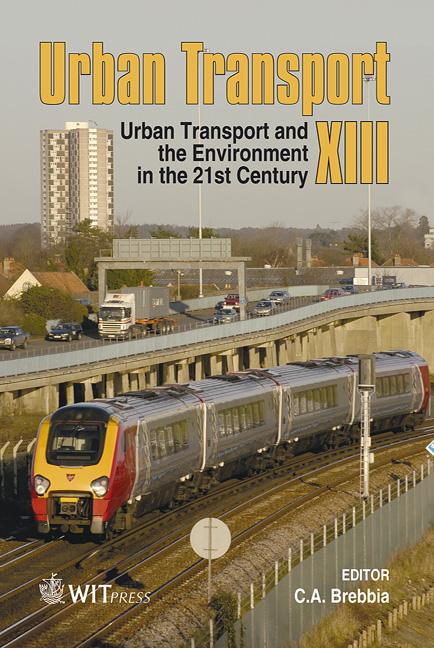Safety Of Users In Road Evacuation: Demand Models
Price
Free (open access)
Transaction
Volume
96
Pages
10
Published
2007
Size
616 kb
Paper DOI
10.2495/UT070731
Copyright
WIT Press
Author(s)
F. Russo & G. Chilà
Abstract
The aim of this work is to propose a demand model for the simulation of a transportation system in emergency conditions. The model is specified, calibrated and validated using data obtained from real experimentation in the urban area of Melito Porto Salvo in the province of Reggio Calabria (Italy), in relation to the research project SICURO, organized by LAST - Laboratory for Transport Systems Analysis and funded by the Calabria Regional Authority (EU Structural Funds 2000-2006). In this paper we analyse a formal demand model subdivided into the following sub-models: generation; modal split with distribution. All sub-models were validated using formal and informal tests. Keywords: emergency condition, simulation, demand model. 1 Introduction A transportation demand model can be defined as a mathematical relationship associating the average values of demand flows with their main characteristics to given activities and transportation supply systems. The literature proposes several mathematical models to simulate travel demand, which are based on different assumptions and that can be subdivided in relation to different elements [3,5]: type of choice implicitly or explicitly simulated by the model; approach taken for simulating travel demand, i.e. the reciprocal conditioning of decisions; basic assumptions of the models, which can be behavioural if they derive from explicit assumptions about user choice behaviour, or descriptive
Keywords
emergency condition, simulation, demand model.





